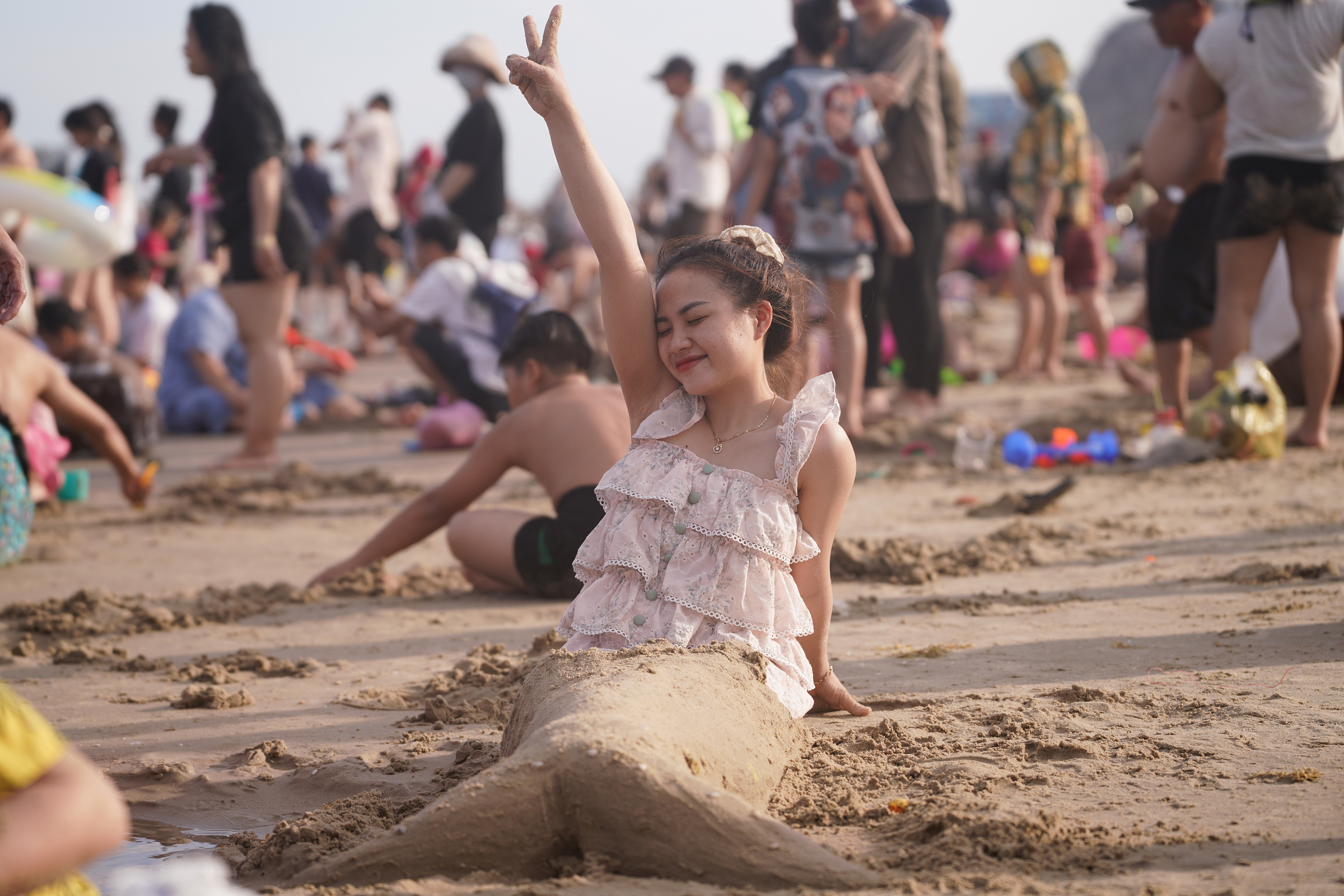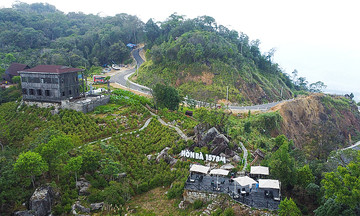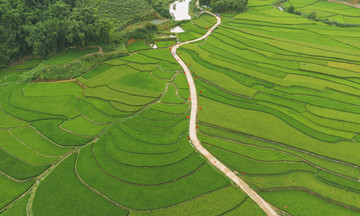Tran Quoc Hung, head of product development at Mustgo, a hotel booking platform with over 2,000 hotel partners nationwide, noted a significant disparity in tourist numbers between weekdays and weekends at many major tourist destinations.
Da Nang garnered attention thanks to its fireworks festival. 4- and 5-star hotels near the Dragon Bridge and along the coast reached 80-90% occupancy in June. However, occupancy dropped sharply in July after the festival concluded, especially in the international 5-star segment, reaching around 40%. Meanwhile, 3- and 4-star hotels averaged 30-50% occupancy during the week, rising to 60% on weekends.
Similarly, in Nghe An, beachfront hotels on Binh Minh Road reached 85% to 95% occupancy on weekends, attracting a large number of visitors traveling by personal vehicles. During the week, hotels in the city typically only reach 20-30% occupancy.
Quang Binh performed well, especially on weekends. 3- and 4-star hotels saw 50-60% occupancy on weekdays, increasing to 75-85% on weekends. The 5-star segment fluctuated between 60% and 85%. The emergence of new resorts also contributed to a more vibrant market.
 |
Vung Tau beach during the Hung Kings Commemoration. Photo: Truong Ha |
Vung Tau and Phan Thiet also maintained their appeal on weekends, primarily attracting visitors from the southern region traveling by car. 3- and 4-star hotels achieved 80% occupancy, while 5-star hotels reached 80-90%. Midweek occupancy dropped to 30-40%. Renovations to Thuy Van Street and Back Beach in Vung Tau contributed to increased visitor numbers.
Quy Nhon recorded over 70% occupancy in June, but this decreased to around 50% in July. A Mustgo representative suggested the need for further stimulus programs in August to revive the destination's appeal.
Several other destinations faced challenges in attracting summer tourists, including Phu Quoc, Sa Pa, and Da Lat. In Phu Quoc, many 4- and 5-star resorts only reached 30% occupancy, with some like Wyndham even at 20%. However, the central Duong Dong area performed better, with hotels such as Seashell and Dusit exceeding 60% occupancy. Villas in the South Island also reported around 50% occupancy.
Sa Pa saw a 20% decrease in visitors compared to last summer, with 4-star hotels reaching 30% occupancy during the week and 60% on weekends. The 5-star segment ranged from 45% to 65%. Da Lat also experienced a 10-20% decline compared to the same period last year, despite many hotels offering promotions. 3- and 4-star hotels reached 80% occupancy on weekends but only 40% during the week, with few instances of full bookings.
"Special events like the Da Nang fireworks festival, along with infrastructure improvements, positively impacted booking rates," the Mustgo representative said.
The weekend surge was also observed by travel agencies. Bui Thanh Tu, marketing director of Best Price, noted that weekend service prices typically increase by up to 30%, with many resorts experiencing shortages.
However, the most significant challenge for domestic tourism remains airfare prices. Many routes have seen increases of up to 45% compared to the same period last year. For example, round-trip flights from Hanoi/Ho Chi Minh City to Phu Quoc often reach 5-6 million VND, excluding baggage fees. Other popular routes, such as Hanoi/Ho Chi Minh City to Da Nang, have also recorded increases of around 25-30%, with ticket prices ranging from 3.5-4.5 million VND per person.
 |
Vietnamese tourists at the Kingdom of the Little People in Kunming, China, in January. Photo: Van Nam Group Tours |
"High airfare prices are dampening domestic tourism demand, especially among independent travelers, young people, or small families with limited budgets," Tu said, adding that customers are prioritizing cheaper international tours like Bangkok-Pattaya (5 days, 4 nights) for around 7 million VND or Nanning-Guilin from 7.5 million VND because "traveling abroad is more worthwhile."
Pham Quoc Khanh, deputy director of Viet Ha Noi Tourism, shared this view, stating that mid-range outbound tours to destinations like China, Thailand, and Singapore-Malaysia account for 60% of total summer tour sales. According to Khanh, outbound summer tourism this year has seen a slowdown in some distant markets due to reduced spending in the middle-class segment, a challenging economic environment, and the rising exchange rates of strong currencies like the euro and USD, which have pushed up tour prices.
"Ideally, when outbound tourism faces difficulties, travelers would turn to the domestic market, but in reality, they are shifting to affordable international destinations," Khanh said, describing this as a paradox of domestic summer tourism.
Hoai Anh












